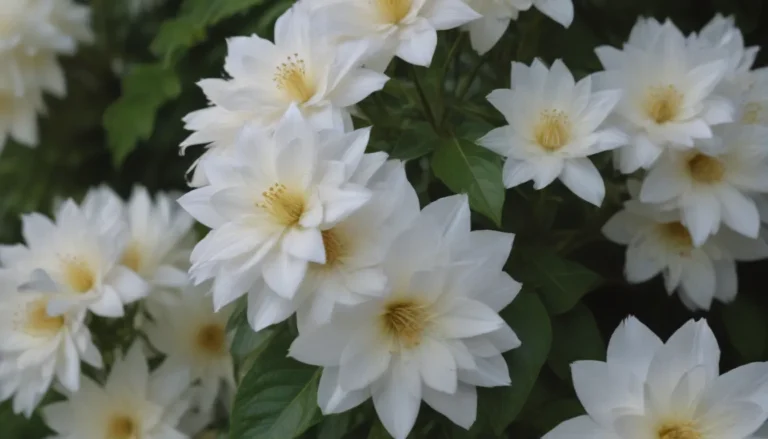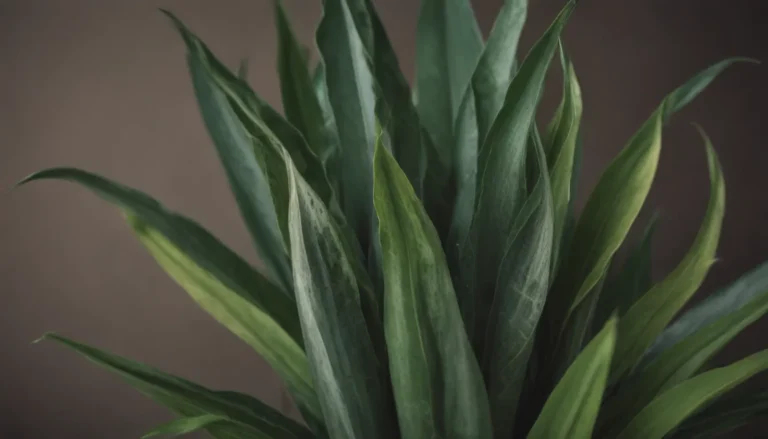The Ultimate Guide to Growing and Caring for Dymondia Groundcover

Dymondia (Dymondia margaretae) is a versatile groundcover that can add beauty and functionality to your outdoor space. Whether you want to fill the gaps between stepping stones, create a rock garden, or border a walkway, dymondia is a fantastic choice. In addition to its aesthetic appeal, this plant also helps prevent wind erosion and retains soil when planted on slopes.
With its preference for full sun or partial shade and its drought-tolerant nature, dymondia is a low-maintenance plant that can thrive in various environments. To help you navigate the care and growing process, we’ve compiled a comprehensive guide that covers everything you need to know about cultivating dymondia successfully.
Dymondia Care Basics
To ensure the health and vitality of your dymondia groundcover, it’s essential to meet its basic care requirements. Here are the key factors to consider:
Light
Dymondia thrives in full sun, but it can also tolerate partial shade. Providing adequate sunlight is crucial for promoting healthy growth and blooming.
Soil
While dymondia prefers sandy soil, it can adapt to various soil types as long as they offer excellent drainage. Avoid planting dymondia in soggy or waterlogged soil, as it can lead to poor growth and root rot.
Water
Once established, dymondia is remarkably drought-tolerant thanks to its deep-root system. However, regular watering during dry spells or through rainfall can promote faster growth. Keep an eye on the leaves – if they start to curl, it’s a sign that your dymondia needs water.
Temperature and Humidity
Dymondia is a tender perennial suited for warm climates. While it can survive light frosts, temperatures below 28 degrees F are detrimental. Additionally, dymondia is tolerant of salt spray, making it an excellent choice for coastal gardens.
Fertilizer
For optimal growth, fertilize your dymondia once a year at the beginning of the growing season. A slow-release complete fertilizer applied following the product label instructions will provide the necessary nutrients for healthy development.
Propagating Dymondia
One of the most effective ways to propagate dymondia is through cuttings. By following a few simple steps, you can expand your dymondia collection and enhance the beauty of your outdoor space.
Potting and Repotting Dymondia
If you prefer to grow dymondia in containers, ensure that the pot is spacious enough for the rhizomes to spread. Keep in mind that container-grown dymondia may require more frequent watering compared to those planted in the ground.
Common Pests & Plant Diseases
While dymondia is relatively resistant to pests and diseases, it does attract gophers. If gophers are a concern in your area, you may want to consider alternative groundcover options.
In addition to its practical benefits, dymondia also offers aesthetic appeal with its small, yellow, daisy-like flowers that bloom intermittently during the summer. These flowers are not only a visual delight but also serve as a magnet for bees and other beneficial pollinators.
Dymondia spreads through rhizomes, gradually filling in bare patches with its dense mat. However, due to its slow growth rate, dymondia may struggle to compete with invasive weeds, making it less suitable as a lawn substitute for large areas.
In conclusion, dymondia is a versatile and visually appealing groundcover that can enhance the beauty and functionality of your outdoor space. By following our comprehensive care guide and implementing the tips provided, you can ensure the success of your dymondia plants and enjoy their beauty for years to come.





